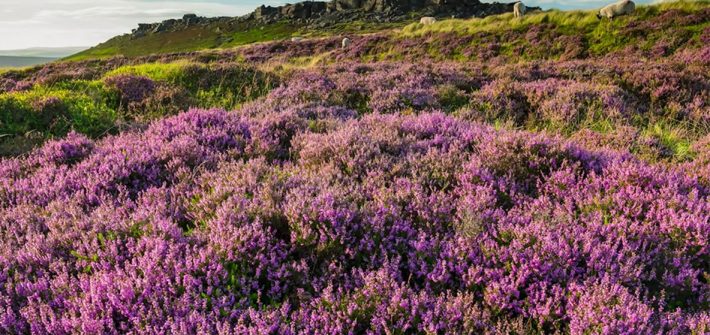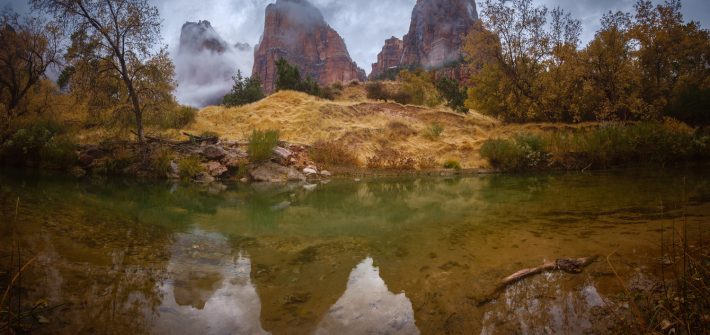Landscape photography often requires multiple focal lengths to display a certain variety of output. But does having one lens, a prime lens, enough to shoot landscapes?
![]()

Landscape photography often demands extreme depth of field, where everything from the nearest flowers to the farthest mountains need to be in focus and as sharp as possible. Often, this exceeds the laws of physics for a single shot, meaning you will need to resort to blending multiple images, known as focus stacking. This excellent video tutorial discusses when you should use it and how to do it.
![]()

25 years ago, Sony unveiled the DSC-F1, a 0.3-megapixel digital stills camera with a rotating lens. Check out this piece of photographic history as Gordon Laing takes it on a quick tour of Brighton.
![]()

One of the best and most complete solutions to post-processing is somewhat of a well-kept secret. Zoner Photo Studio X is growing in popularity and it’s easy to see why.
![]()

As landscape photographers, one skill that always requires honing is composition. Essentially, we seek to find a bit of beauty in the chaos of nature and then capture it in a frame. Finding and capturing reflections is a great way to portray order and symmetry. Here I’ve compiled some tips and tricks that can help you master your reflection compositions.
![]()

Fujifilm’s X Series of cameras has gained a lot of respect over the years as a line of capable, well-designed bodies that offer photographers a functional and creatively inspiring experience. The X-T4 is the most recent flagship in the company’s line of mirrorless cameras, and this excellent video review discusses how it holds up after a year of usage.
![]()